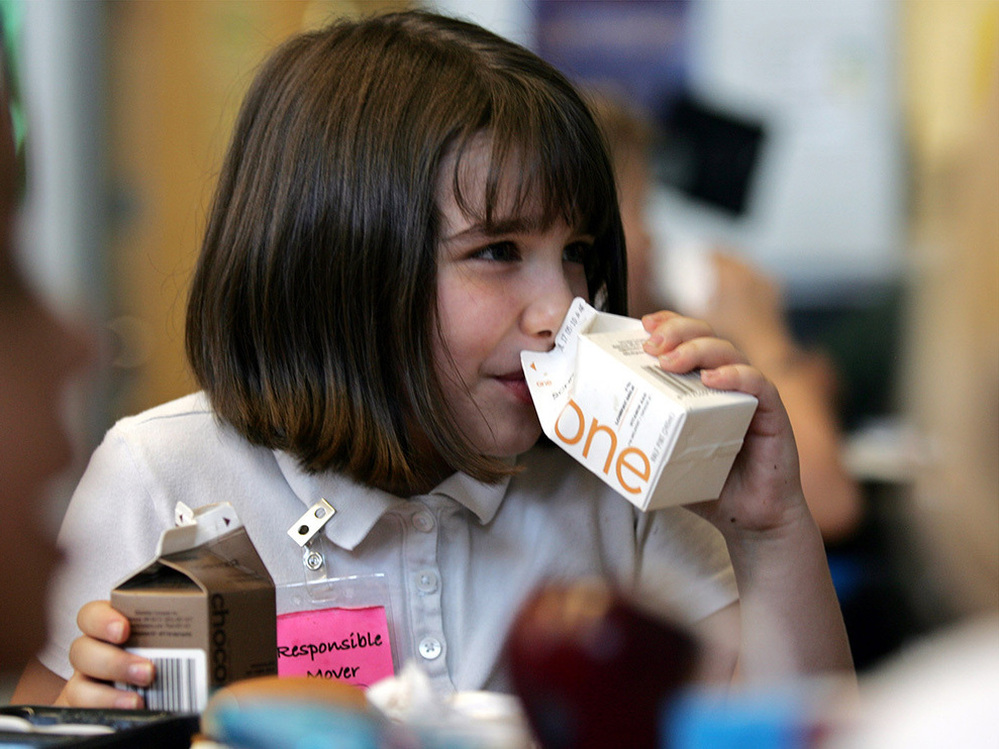
Enlarge image i
Get recipes for Butterscotch Budino With Caramel Sauce And Salt, Butterscotch Breadcrumb Cake and Butterscotch Cream Pie.
Butterscotch is going through something of a revival. So much so, that two Kitchen Window regular contributors wanted to write about it. Therefore, welcome to the more-than-you-ever-thought-you-needed-to-know-about-butterscotch special coverage. Today is the second in our two-part butterscotch series. Last week's column has more recipes featuring this resurgent flavor.
Poor butterscotch. It seldom gets the love and understanding it deserves. On the few times we venture out past chocolate and vanilla, we are mostly content to open a bag of those artificial waxy yellow chips, or perhaps the cellophane-wrapped candies in Grandma's dish. But butterscotch real butterscotch is so much more.
In its truest form, butterscotch hinges upon sugar and dairy (and the beautiful things that happen to them both at high temperatures). Just as the bitter cacao bean needs to be fermented and sweetened and tweaked to become chocolate, butterscotch arrives when you tweak and transform a few humble elements into a perfect balance.
Deena Prichep is a Portland, Ore.-based freelance print and radio journalist. Her stories have appeared on Morning Edition, All Things Considered, Marketplace, The Splendid Table, Voice of America, The World and Northwest News Network, and in The Oregonian, Vegetarian Times and Portland Monthly. She chronicles her cooking experiments at Mostly Foodstuffs.
A Slight Twist On The Sunday Roast Jan. 23, 2013
Frozen Meals Soothe The Sick And Shut-In Nov. 21, 2012
Picnics That Can Make It To The Top Of The Mountain May 29, 2012
Take Time To Savor The Borek, A Flaky Turkish Snack March 28, 2012
Mediterranean Flatbreads: A Framework For Flavor Jan. 11, 2012
Adding to the confusion is the fact that the term butterscotch doesn't have a hard and fast technical description. Scour a few cookbooks, and you'll find several variations. There are recipes that bring sugars to high temperature, creating a deliciously browned caramel that then gets a shot of dairy. You'll also find recipes that start with butter and brown sugar in a pan together, bringing them up to a simmer that may not reach the scalding temperatures of straight-on caramelization but still achieves a wonderful depth of flavor.
There are a few things going on here, according to food scientist Laura Shumow at the National Confectioners' Association. Yes, there's the caramelization of sugars, leading to that distinctive deep flavor and buttery beige color. But the dairy be it from the eponymous butter, cream, condensed milk or really anything goes through its own culinary transformation. When the amino acids in those milk proteins (and yes, even the mostly fat butter does have a helping of protein) combine with the sugar and a touch of heat, you get that delicious Maillard reaction the browning that leads to a whole new world of flavor.
But butterscotch doesn't stop there. To that deliciously deepened sugar and dairy you add a few more elements. There's the perfume of vanilla and then a savory dose of salt, which give a depth to the buttery sweetness. Altogether, it creates a lovely balance. Plus there seems to be, at least for me, a nostalgia factor. Butterscotch tastes like comfort, like childhood. But we can also take that childhood love and give it a whole new grown-up incarnation.
I'm not one to complain about a straight-up bowl of butterscotch pudding, but there's no reason to stop there. The best of the butterscotch desserts those that move from nursery sweet into sophisticated dinner party-worthy dessert involve a bit of counterpoint. First, you can play off the flavor. A blob of barely sweetened whipped cream or creme fraiche cuts nicely through the richness of a butterscotch pudding or cake or pie, making each sweet bite all the more welcome. And any lover of salted caramel will tell you that a few grains of salt especially some nice big flaky ones heighten the drama. Which brings us to texture: A bit of crunch can help cut through the sweet creaminess. I'm partial to candied pecans, but just about any chopped nut will do (and browning them is even better), or chopped bits of toffee, or crunchy cacao nibs or just about anything you like.

Kitchen Window
Part 1: Bringing Back Butterscotch
Once you get to know butterscotch and all its creamy, salty, crunchy accoutrements you'll never go back to those waxy chips again. And you'll want to spread the word, bringing butterscotch into its rightful place in the pantheon beside chocolate and vanilla. Because butterscotch real butterscotch is a thing of beauty.
Recipe: Butterscotch Budino With Caramel Sauce And Salt
This recipe is adapted from The Mozza Cookbook: Recipes from Los Angeles' Favorite Italian Restaurant and Pizzeria (Knopf, 2011) and has graced the table of Nancy Silverton's restaurant since it opened. It is pretty much everything you want: a buttery-smooth Italian take on butterscotch pudding, topped with a just-this-side-of-burnt caramel sauce, a sprinkling of flaky salt and a dollop of unsweetened whipped cream. Don't be afraid to really let your sugar darken it's the key to the pudding's flavor.

Enlarge image i
Makes 12 servings
Budino
3 cups heavy cream
1 1/2 cups milk
3 extra-large egg yolks
1 extra-large egg
2/3 cup cornstarch
1 cup plus 2 tablespoons dark brown sugar
1 1/2 teaspoons coarse salt
5 tablespoons unsalted butter
2 tablespoons whiskey
Caramel Sauce
1 cup heavy cream
1 whole vanilla bean
4 tablespoons unsalted butter
1 cup sugar
1/4 cup light corn syrup
Whipped cream (1 cup heavy cream whipped with 1/4 cup creme fraiche or sour cream, if desired)
Coarse salt
Fill a large bowl with ice water, and set a smaller bowl inside. Set a fine-mesh strainer inside the smaller bowl.
To make the budino, stir the cream and milk together in a medium bowl. In another bowl, whisk the egg yolks, egg and cornstarch together. Combine the brown sugar, salt and 1/2 cup water in a large, heavy-bottomed saucepan over high heat. Cook the sugar, without stirring, swirling the pan occasionally for even cooking, until the sugar is smoking, nutty smelling and very dark caramel color, 10 to 12 minutes. Reduce the heat to low, and immediately add the cream-milk mixture in a thin stream, stirring as you add. The sugar will seize and harden. Increase the heat to high, and cook until it dissolves back into a liquid, 5 to 7 minutes.
Turn off the heat, and ladle some of the hot cream and sugar into the eggs, whisking constantly to prevent curdling. Continue until you've added half the cream, then pour this mixture back into the saucepan, whisking, and cook until the custard thickens enough to coat the back of a spoon. Remove from heat, and whisk in the butter and whiskey.
Pour the mixture through the strainer into the bowl, then ladle into a dozen small glasses or ramekins. Chill for several hours until thickened and cold (you can do this up to 3 days in advance).
To make the caramel sauce, pour the cream into a medium saucepan. Using a small knife, split the vanilla bean, scrape out its seeds, and pulp and add them to the saucepan. Heat the cream over high heat until it just begins to boil, then turn off the heat and add the butter, stirring until it melts.
Combine the sugar, corn syrup and 1/4 cup water in a large heavy-bottomed saucepan over medium-high heat. Cook without stirring, swirling for even cooking, until the sugar becomes a medium amber color, about 10 minutes. Remove from heat, and gradually add the cream mixture, whisking constantly to combine, and stir until it comes together. This also can be made in advance and reheated before serving if needed.
If caramel sauce has hardened when you're ready to serve, gently heat until it loosens. Spoon a tablespoon of sauce on top of each budino, top with a pinch of coarse salt and a big dollop of whipped cream.
Recipe: Butterscotch Breadcrumb Cake
This cake comes from Matthew Busetto at Portland, Ore.'s Firehouse Restaurant. Breadcrumb cakes are traditional in European cuisine (as well as a great way to use the restaurant's leftover Pugliese loaves). The dessert has a rich-yet-not-too-sweet flavor from the butterscotch, as well as a slightly nubby texture both of which are perfectly matched by some whipped cream, crunchy topping and another puddle of butterscotch sauce. You can use any butterscotch sauce recipe you favor we went with a version riffed from The Perfect Cake: 150 Cakes for Every Taste and Occasion by Susan Purdy (Broadway, 2002).

Enlarge image i
Makes 6 servings
Butterscotch Sauce
1/2 cup unsalted butter
1 cup packed dark brown sugar
1 cup cream
1 teaspoon coarse salt (or to taste)
2 to 3 teaspoons vanilla extract
Cake
Granulate sugar for dusting the pan
3 large eggs, separated
1 cup butterscotch sauce (reserve the rest for serving)
1 teaspoon coarse salt
1 teaspoon orange zest
1 1/4 cup dry bread crumbs, fairly fine (panko will work in a pinch)
Unsweetened whipped cream, reserved butterscotch sauce and chopped nuts or toffee bits (for topping)
To make the butterscotch sauce, melt the butter in a medium heavy-bottomed saucepan over medium heat. Add the sugar, cream and salt and whisk until well blended. Bring to a gentle boil and cook for about 5 minutes, whisking occasionally. Remove from heat and add the smaller amount of vanilla, taste and add more as needed. Set aside.
For the cake, preheat oven to 350 degrees.
Butter an 8-inch square pan or six 6- to 8-ounce ramekins, and dust lightly with sugar. Set aside.
Whip the egg whites to stiff peaks and set aside
Whip the egg yolks with the 1 cup of butterscotch sauce, salt and orange zest, until pale and almost doubled in size (a few minutes). Fold the whites into the yolk mixture in thirds, until just combined, then gently fold in the breadcrumbs.
Bake until the cake seems set and a tester comes out clean, 15 to 20 minutes for ramekins, 25 to 30 minutes for a full cake. Cool slightly in the pan, then turn out.
Serve topped with whipped cream, reserved butterscotch sauce and any other crunchy toppings you desire.
Recipe: Butterscotch Cream Pie
Three Babes Bakeshop makes some amazing pies with local California produce. But when the staff are waiting on the harvest, they turn toward pantry favorites such as butterscotch. Lenore Estrada, one of the "babes," came up with this recipe in honor of her late mother, who loved butterscotch candy. Between the flaky crust, creamy filling and crunchy toppings, this pie is pure comfort.

Enlarge image i
Makes 1 pie
1 stick butter, at room temperature
3/4 cup dark brown sugar
2 cups cream, divided
1/2 teaspoon salt
1 tablespoon bourbon, brandy or calvados
4 large eggs, at room temperature
1/2 teaspoon pure vanilla extract
1 pie crust, parbaked and cooled
Cream or an egg wash
Sugar and salt for the crust
Whipped cream (1 cup cold cream whipped with 2 teaspoons powdered sugar and 1/2 teaspoon vanilla extract)
Chopped toffee, candied nuts or whatever other crunchy toppings you fancy
Preheat oven to 350 degrees.
Melt butter in a medium, heavy-bottomed saucepan over medium heat. Add the sugar, 1 cup of the cream and salt, and whisk until well blended. Bring to a gentle boil and cook for about 5 minutes, whisking occasionally. Remove from heat and add the vanilla extract and booze of choice. Allow to cool.
Transfer the cooled mixture to a standup mixer fitted with the whisk attachment. With the mixer running, add the eggs one at a time. Add the remaining 1 cup cream. Make sure to wipe down the sides of the bowl as you go so that everything is evenly incorporated.
Pour the custard into the parbaked pie shell and, with a pastry brush, brush cream or an egg wash on the edges of the fluted pie crust that is exposed. Sprinkle liberally with coarse sugar and a pinch of coarse salt. Bake until pie is just set but center is still slightly wobbly, about 50 minutes. Transfer dish to a wire rack, and let cool completely.
When cool, spread the pie with the whipped cream, and sprinkle with a topping of your choice. Enjoy at once or refrigerate to keep it up to 2 days.
Sugar Addiction Yes, Its Real The theories surrounding the issue of sugar addiction are still being debated by scientists, but there is a growing pile of evidence convincing nutritionists and ...
Food & Drink - How To Information eHow Food & Drink: Don't let that next party be a flop. Be the envy of your friends thanks to eHow's entertaining secrets sure to make that next affair a success. Food is ...
Recently published on Bukisa Singapore Budget 2013 bring joys to business as it announces corporate income tax rebate and much more.
Interview with the Vampire: The Vampire Chronicles (1994) - FAQ Interview with the Vampire: The Vampire Chronicles on IMDb: Movies, TV, Celebs, and more...
How to Start - Ideal Health Now - Ideal Protein lose weight little ... Ideal Health Now uses one of the most successful and fastest growing weight loss programs in the United States. By using the Ideal Protein Diet, our methods are ...
The Nutcracker - Wikipedia, the free encyclopedia The Nutcracker, Op. 71, is a two-act ballet, originally choreographed by Marius Petipa and Lev Ivanov with a score by Pyotr Ilyich Tchaikovsky. The libretto is ...
Celebrity Gossip, Entertainment News & Celebrity News POPSUGAR ... POPSUGAR Celebrity features breaking news, hot photos, amazing videos and event recaps on the days most popular stars.
Brown Sugar Pumpkin Pie Got a sweet tooth? Look no further. Weve rounded up the 50 best desserts for the family, from brownie pie to red velvet hot chocolate to cherpumple. Grab a fork (or ...
Beauty & Personal Care - How To Information eHow Beauty & Personal Care: Looking for skin care secrets and make up tricks? eHow has best beauty advice and personal care tips. Find essential info on teeth whitening ...
Butterscotch-Glazed Cinnamon Rolls - Recipes - The New York Times Ingredients. 10 tablespoons unsalted butter ; 1 cup milk ; 400 grams all-purpose flour, more as needed (about 3 1/2 cups)
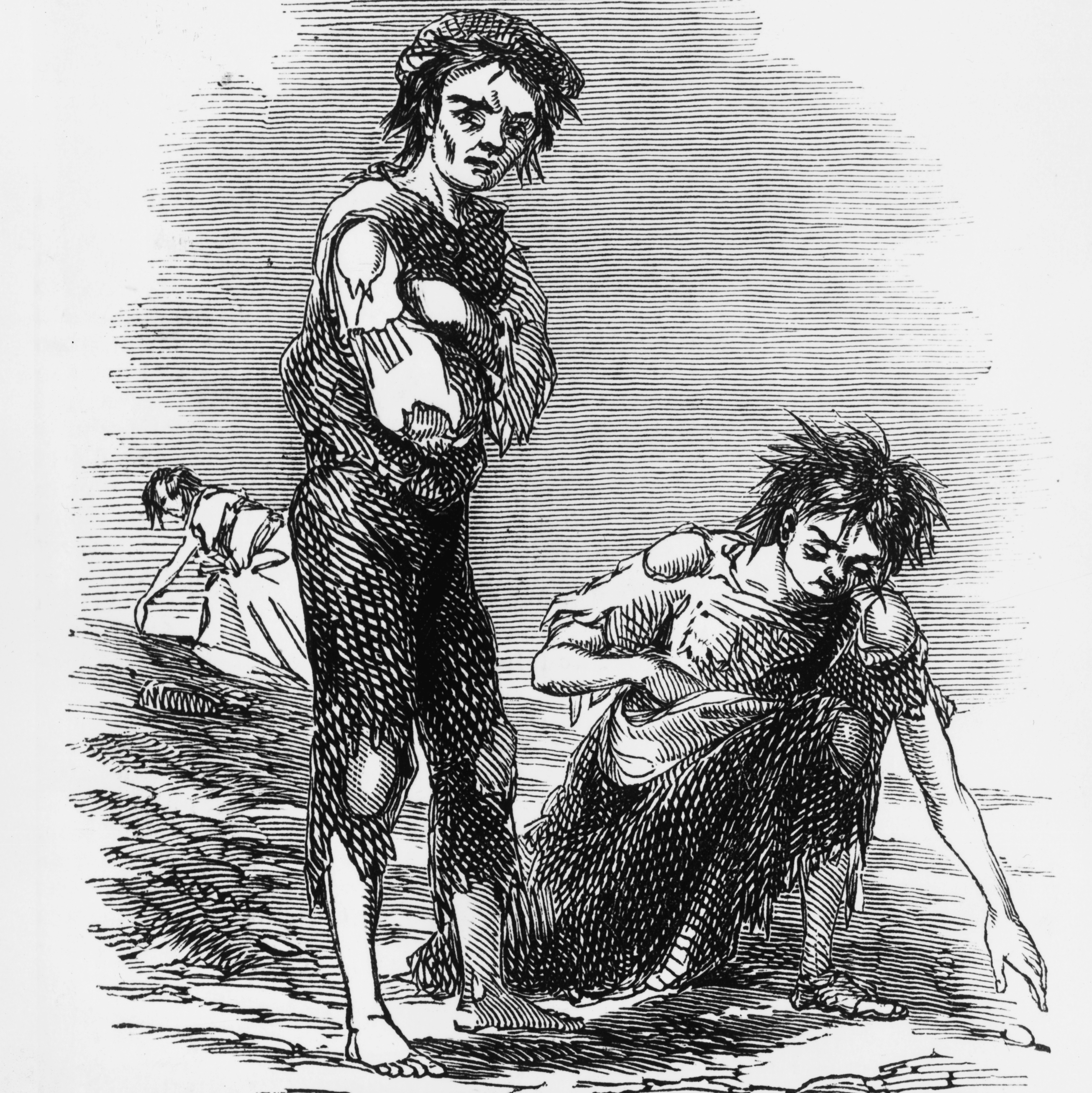 Enlarge image i
Enlarge image i 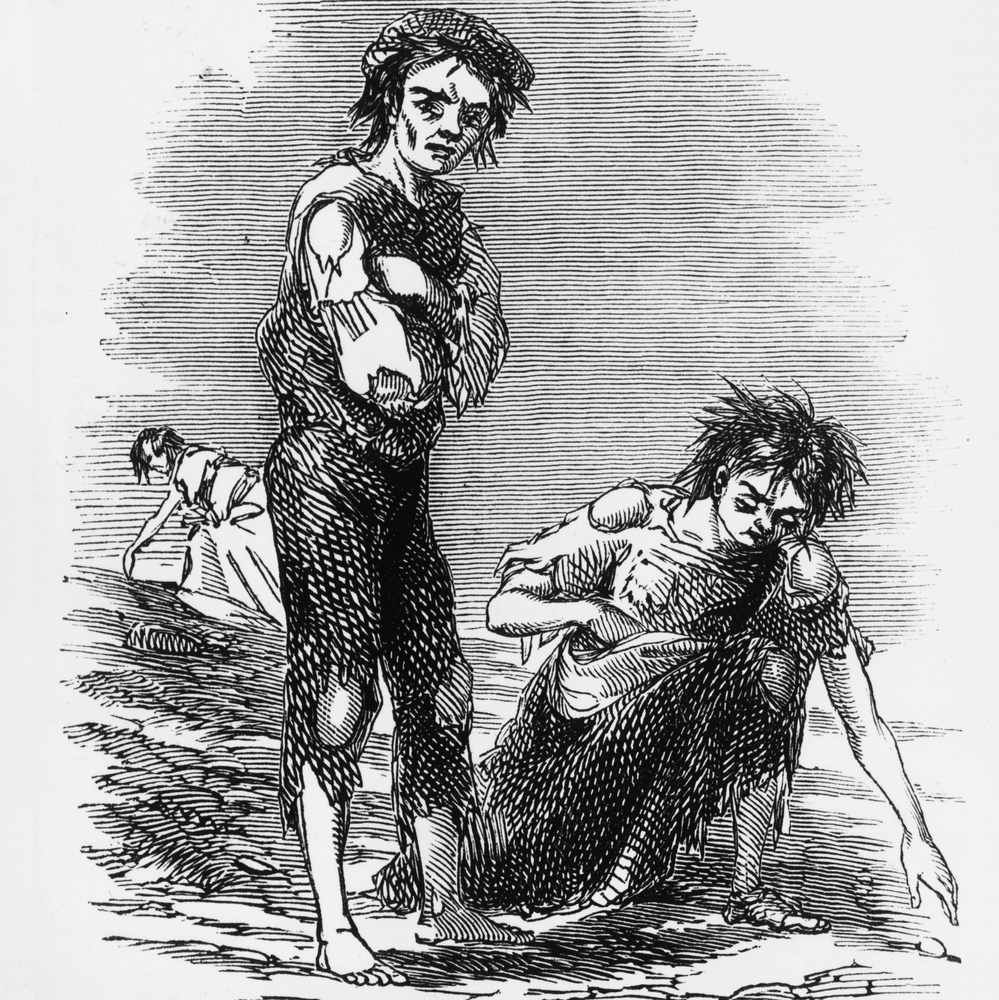

 Enlarge image i
Enlarge image i 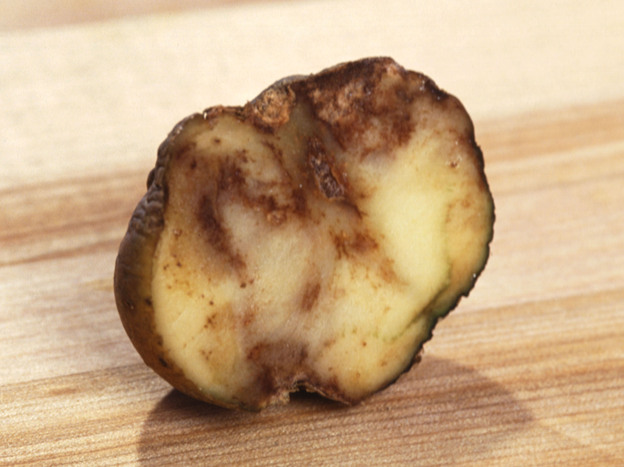
 Enlarge image i
Enlarge image i 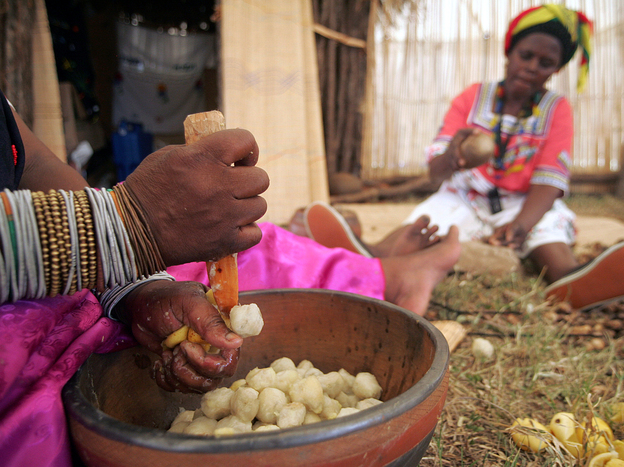
 Enlarge image i
Enlarge image i 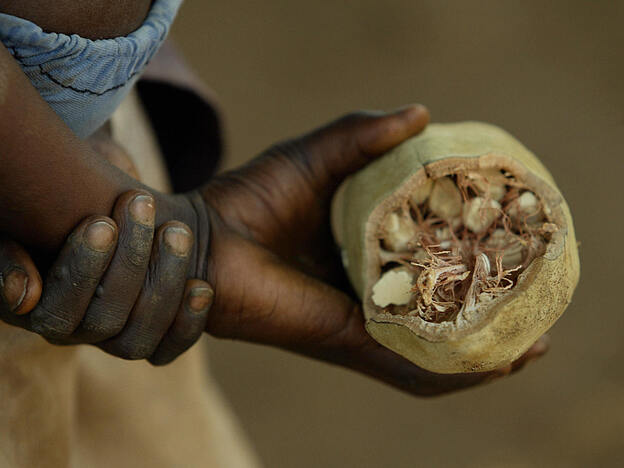
 Enlarge image i
Enlarge image i 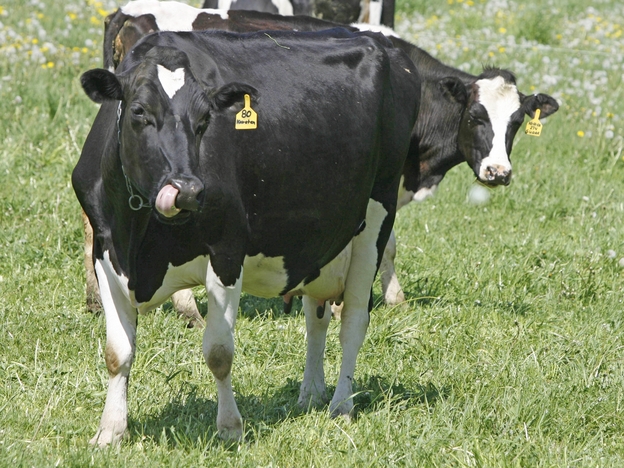
 Enlarge image i
Enlarge image i 
 Enlarge image i
Enlarge image i 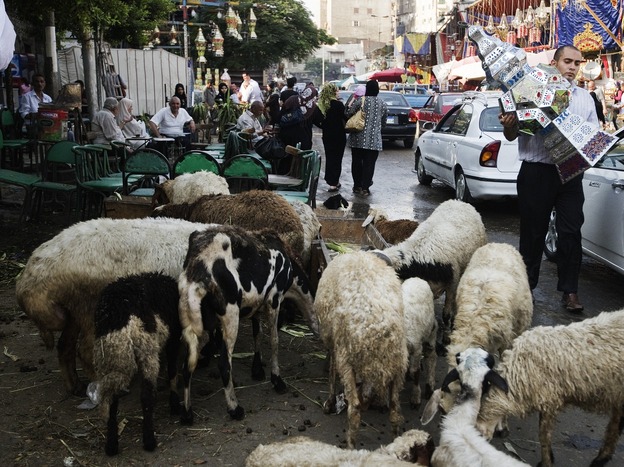
 Enlarge image i
Enlarge image i 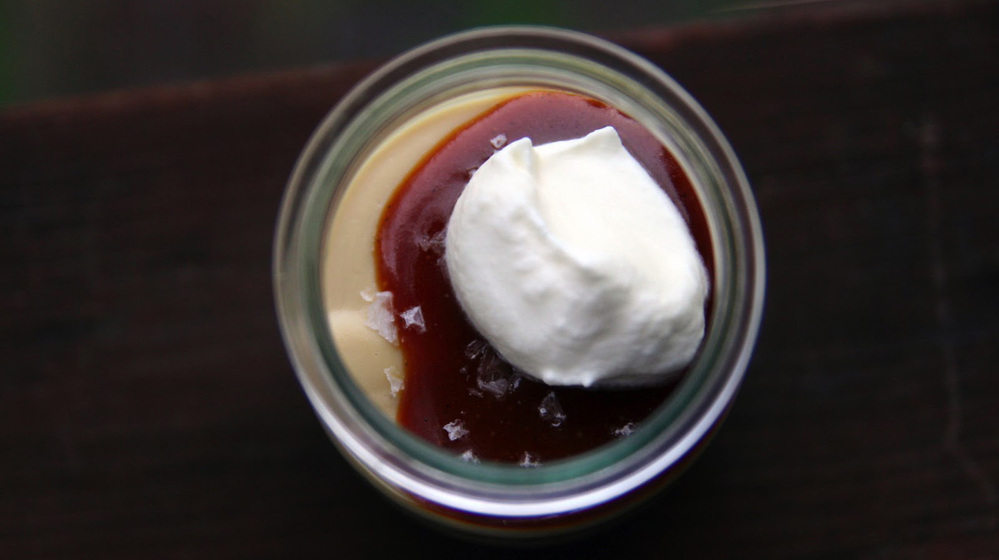
 Enlarge image i
Enlarge image i 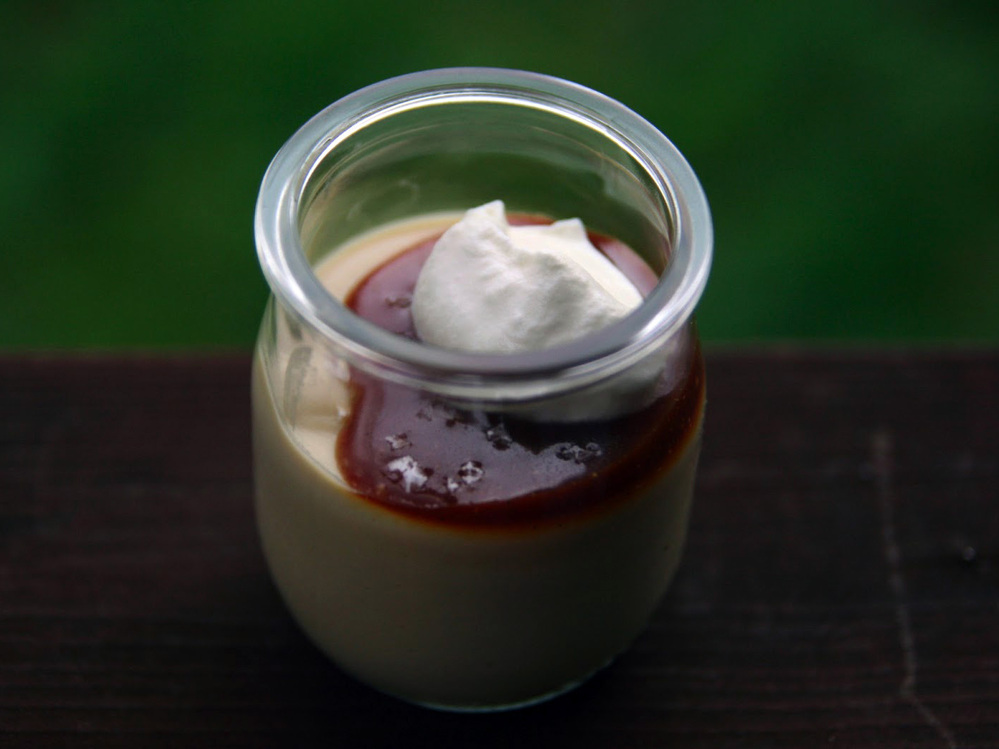
 Enlarge image i
Enlarge image i 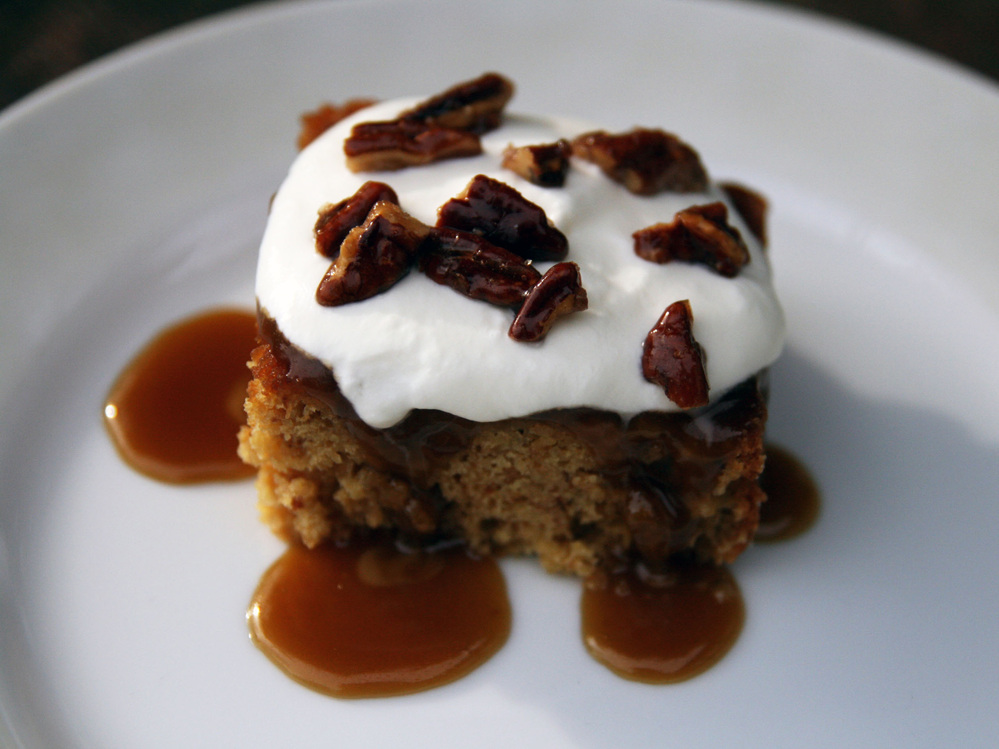
 Enlarge image i
Enlarge image i 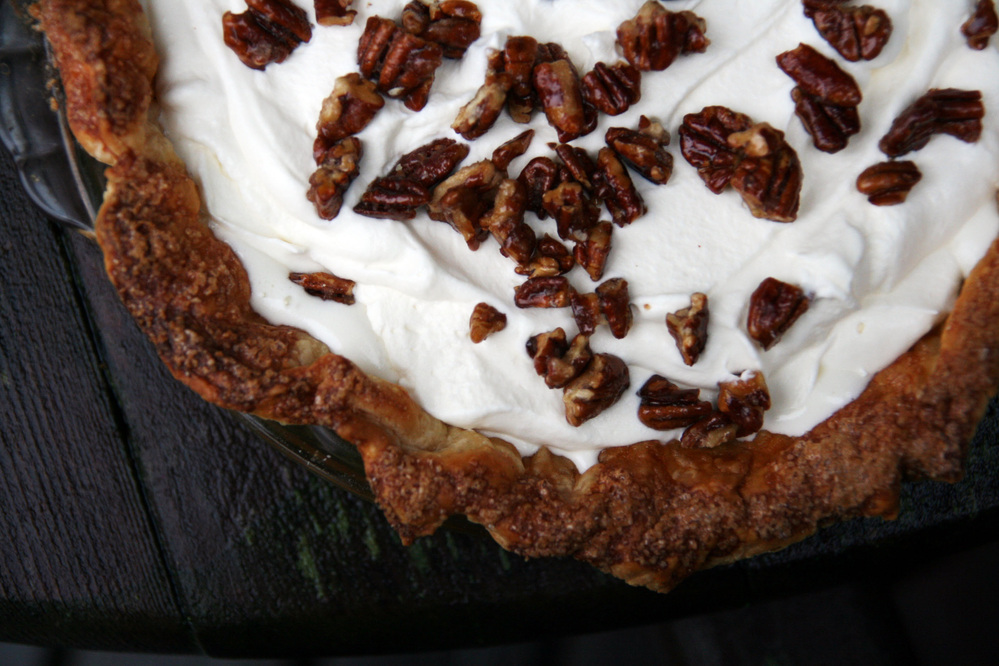
 Enlarge image i
Enlarge image i 